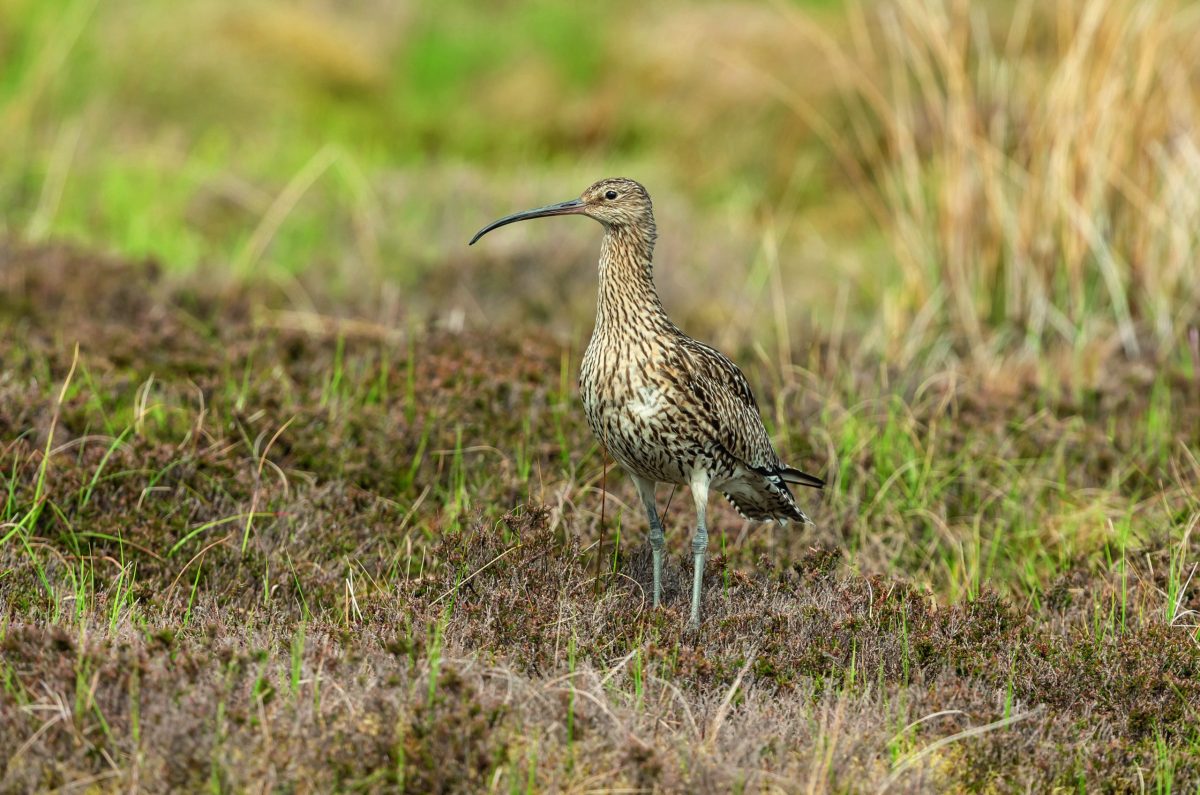New data shows catastrophic wader collapses
Catastrophic declines in wader and farmbird numbers have continued according to the latest science from the BTO.

The results of the British Birds Survey for 2021 were published earlier this month and they highlight again the importance of shooting for maintaining biodiversity in the British countryside.
The numbers show that, since 1995, numbers of Redshank have fallen by 49%, Curlew and Lapwing numbers have fallen by 48%, Common Sandpiper by 28% and Oystercatcher by 22%. Moorland management for grouse shooting has been shown to boost numbers of wading birds significantly. BASC’s Head of Uplands Gareth Dockerty told Shooting Times: “We must be doing something right, because in a sea of declines we are bucking the trend. Not only are we not seeing declines, we are actually seeing increases in numbers of some of these species on grouse moors.
“Research from the GWCT shows that management for grouse shooting provides the necessary combination of habitat management and generalist predator control these birds need.”
Regular Yorkshire grouse beater Jake Taylor confirmed Gareth’s view. Jake said: “Anyone who knows the moors well will see the rich diversity of bird life that they shelter and particularly the astonishing numbers of wading birds that nest there.
“There is no doubt that the end of grouse shooting would do huge damage to birds like curlew and Golden plover and could well push them over the brink.”
There were also serious declines among farmland birds including gray partridges, greenfinches and linnets. Scientific work by the GWCT found that land managed for shooting had larger numbers of these birds than land where no shooting took place.
The steepest decline of any species was noted in turtle doves, numbers of these summer visitors have dropped by 96% in the last 25 years. Some species have done well in response to changes in the climate and in land management. A number of invasive non-natives including Canada and Egyptian geese, Mandarin ducks and ring necked parakeets all showed significant gains in numbers.
Birds are classified as Red, Green or Amber based on the trend in their population There are now 70 species on the Red List, 103 on the Amber List, and 72 on the Green List. By contrast, the first Red List, published in 1995, included just 36 species.








